
6,400-year-old oven unearthed at Arslantepe Höyük
A 6400-year-old oven has been unearthed at Arslantepe Höyük, which was continuously inhabited from 6000 BC to the 11th century AD in eastern Türkiye. The discovered oven is 2 meters long. Located 7 km northeast of Malatya, Arslantepe Höyük is on the UNESCO World Heritage List. The finds unearthed during excavations at the mound show
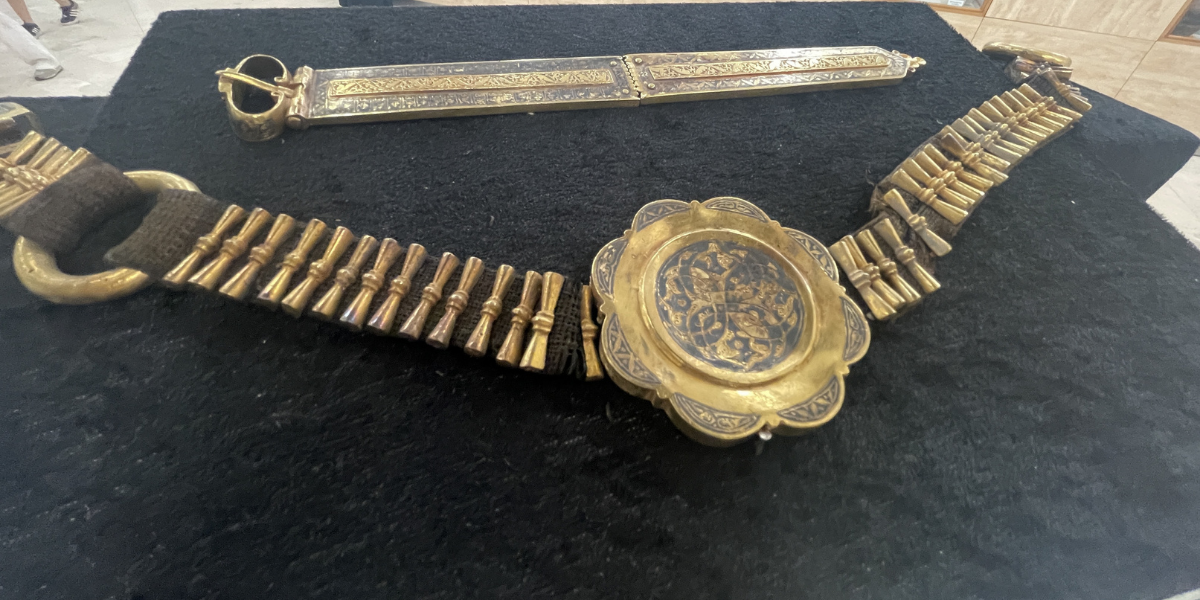
The gold belt unearthed during excavations in Ani Ruins and preserved for 22 years has been put on display
The gold belt unearthed during excavations in Ani Ruins in eastern Türkiye and preserved for 22 years has been put on display at the Kars Archeology and Ethnography Museum. The gold belt, which was found in 2002 during the excavations carried out under the direction of Hacettepe University Faculty Member Prof. Dr. Beyhan Karamağaralı between
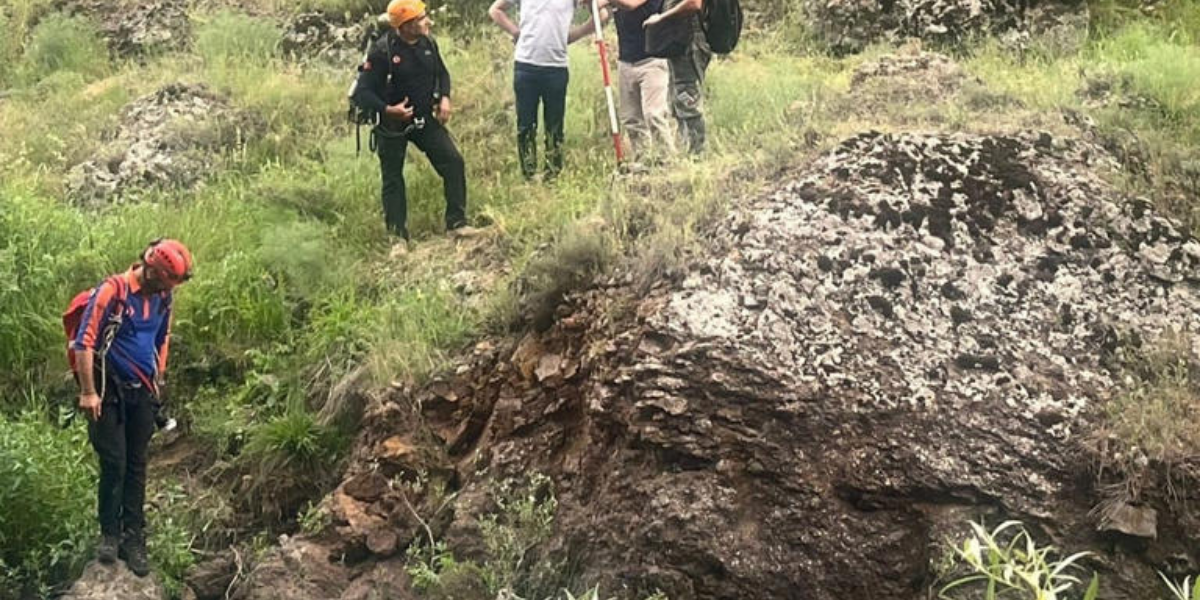
Urartian water cistern revealed at the site of illegal excavation
The site of illegal excavation in the eastern Turkish province of Tunceli turned out to be an Urartian water cistern. In 2014, people who illegally excavated in the Kalecik Taşı area of Erencik Gorge in Közlüce village in Pülümür district of Tunceli were taken to court. Pülümür Criminal Court of First Instance requested a discovery
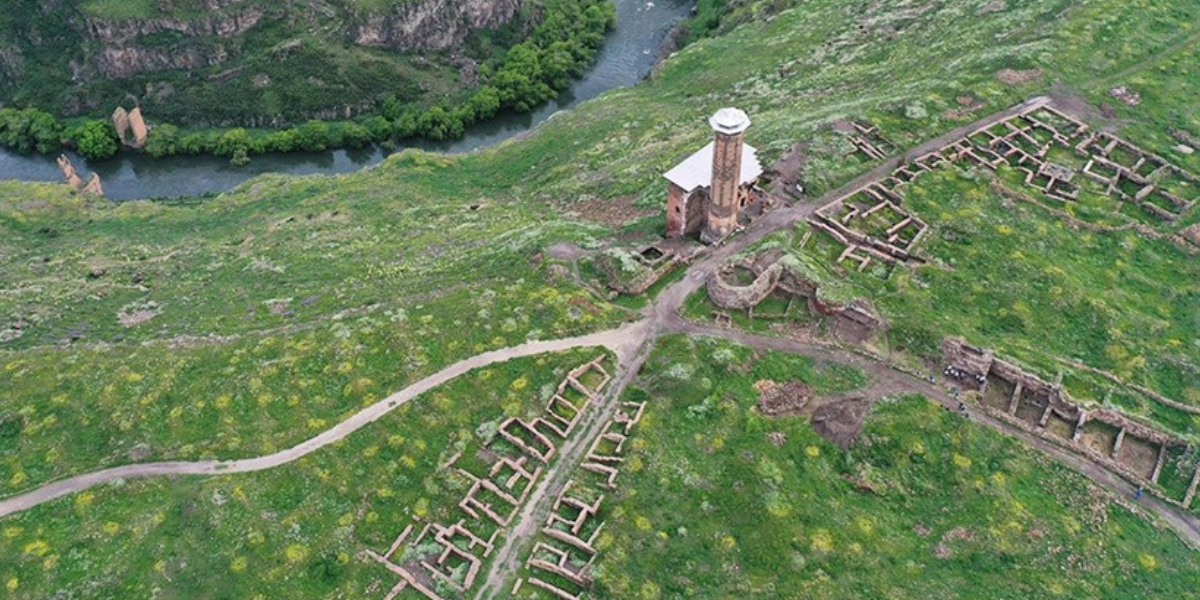
Excavation season begins in the ancient ghost city of Ani Ruins
A new season of excavations has begun in the ancient ghost town of Ani Ruins, located on the banks of the Arpaçay River in the eastern Turkish province of Kars, where Christians and Muslims lived together in the past. Also known as the “City of 1001 Churches” in the 10th century, Ani served as the
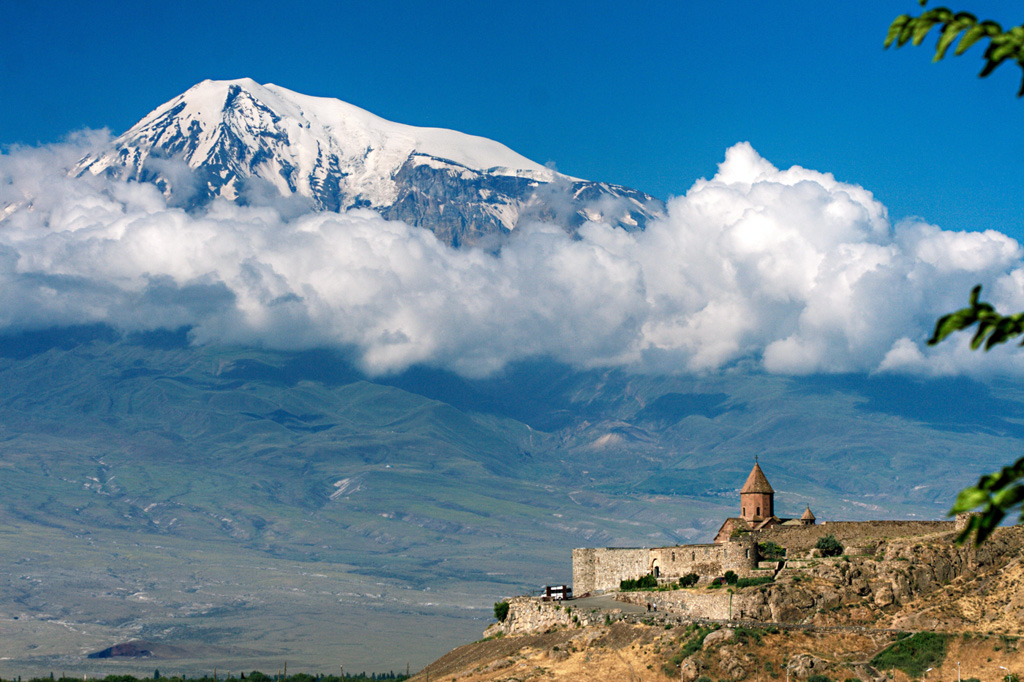
Visitors will be able to visit the hole made by the meteorite that fell on Mount Ararat 1 million years ago
Work is underway to open the meteorite pit, which was formed when a meteorite hit Mount Pain, Türkiye’s largest mountain, 1 million years ago, to visitors. Mount Ararat (Ağrı Dağı) is also known as the mountain where the ark of the prophet Noah ran aground after the flood. Mount Ararat is an extinct volcano with
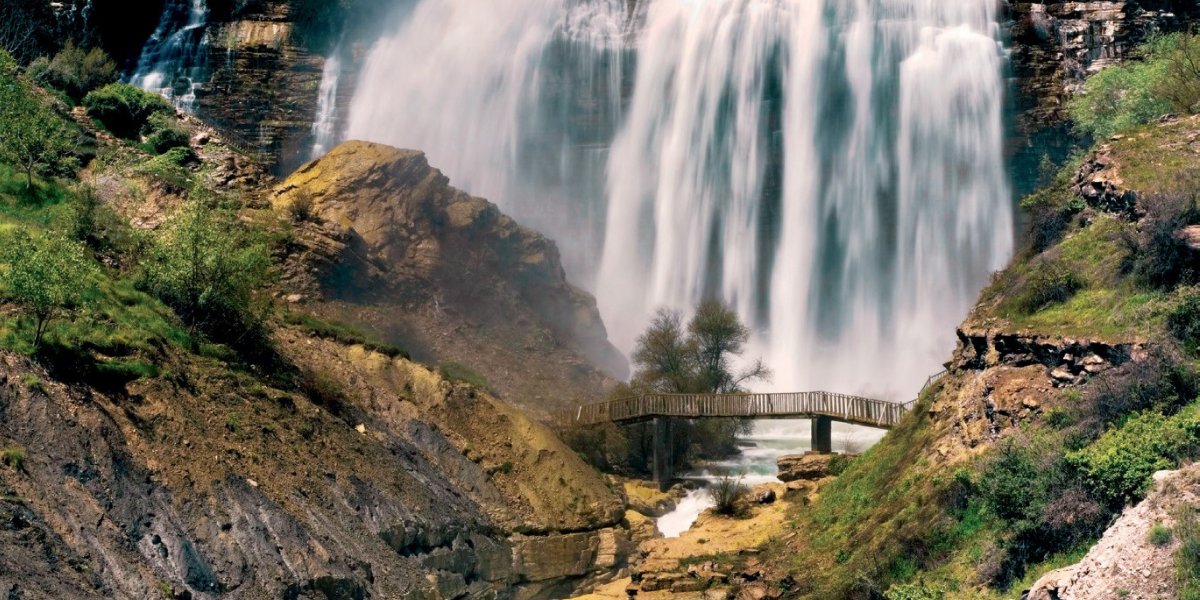
Türkiye’s highest waterfall ‘Tortum’
The natural wonder Tortum Waterfall, which is the highest waterfall in Türkiye, is located in Uzundere district of Erzurum province. Tortum is also the 3rd highest waterfall in the world. Tortum waterfall was formed in the 1700s when a large landslide mass separated from Kemerlidağ in the 1700s and blocked the Tev Valley where the
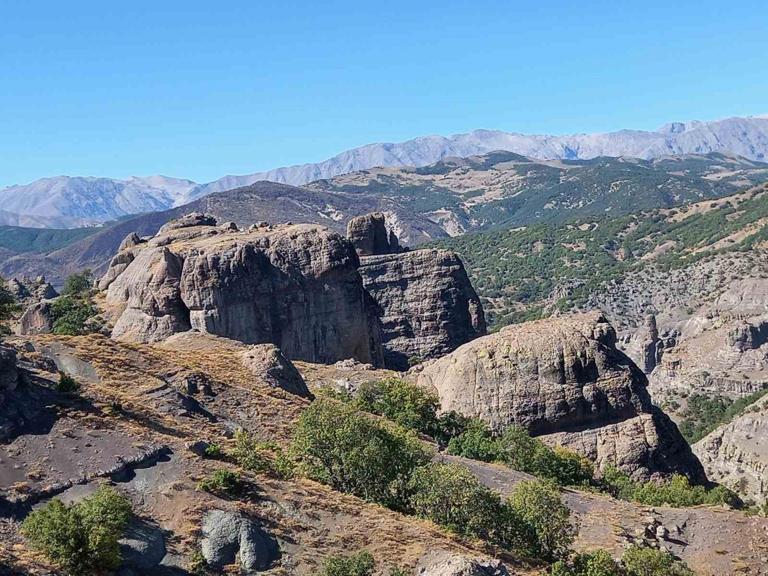
Two open-air temple thought to belong to the Urartians discovered in Tunceli
Archaeologists have discovered two separate open-air temple, one in the easternmost and the other in the westernmost part of Tunceli province. The discovery was made by Assoc. Prof. Dr. Serkan Erdoğan, Head of the Department of Protohistory and Prehistoric Archaeology, Department of Archaeology, Faculty of Arts and Sciences, Faculty of Arts and Sciences, Yozgat Bozok

The Devil’s Castle in Ardahan, which is estimated to have been built by the Urartians, will be restored
The Devil’s Castle (Şeytan Kalesi in Turkish), located in Ardahan in eastern Turkey, will be restored by the Ministry of Culture and Tourism. The castle is estimated to have been built by the Urartians. The restoration of the Devil’s Castle, located in the heart of the Karaçay Canyon, aims to transform the region into a
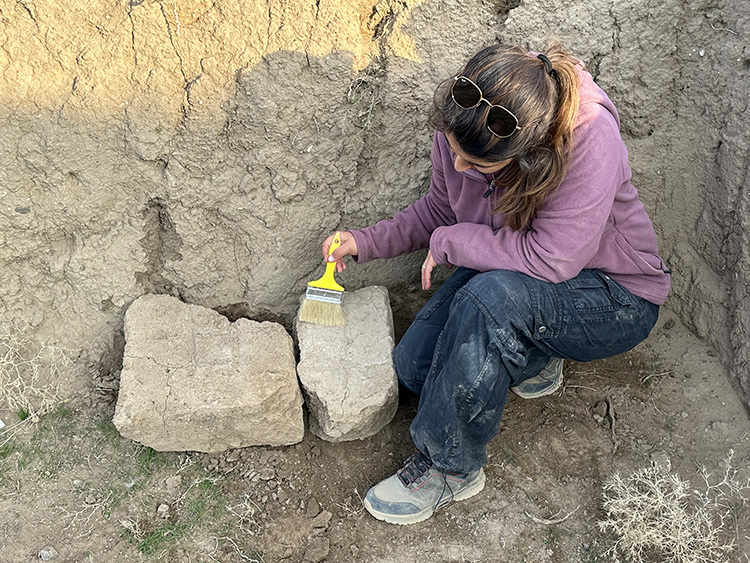
During the excavations at Zernaki Hill, mud brick fragments containing the map of the ancient city were found
In the gridded layout remnants of an ancient city covering approximately 270 hectares in Erciş district of Van, mudbrick pieces were discovered with sketches depicting the city’s layout. The excavations at Zernaki Hill are being conducted under the leadership of Van Museum Directorate, supervised by Professor Dr. Rafet Çavuşoğlu, the Dean of the Faculty of
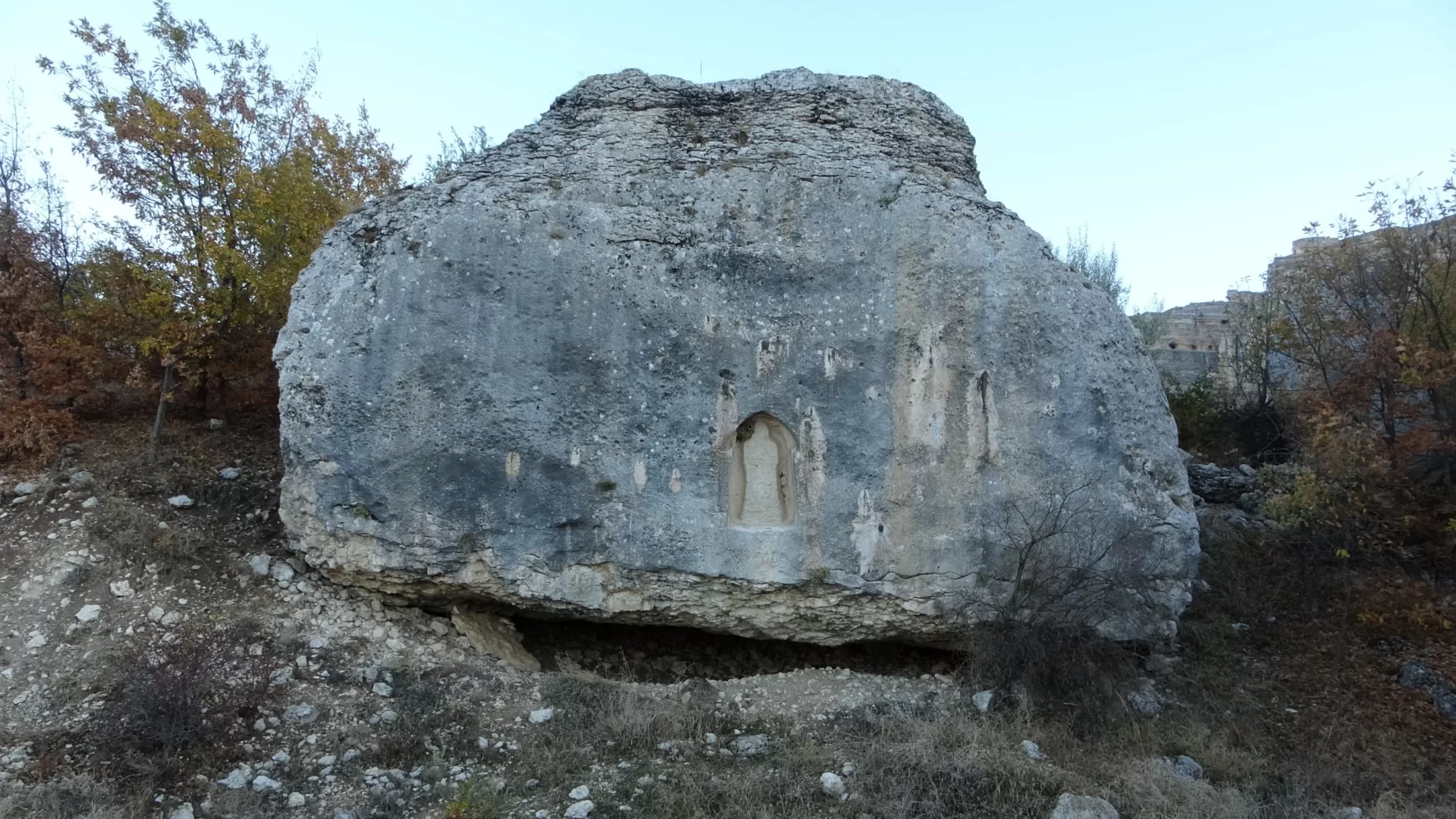
The 2800-year-old Hittite goddess figurine found in the Valley of Levent
A Hittite goddess figurine from the eighth century can be found in the Levent Valley, which was created by a geological formation that dates back 65 million years, B.C. In the 28-kilometer valley located in Malatya’s Akçadağ district, there are ruins from the Neolithic age as well as traces of the Hittite civilization that lived
